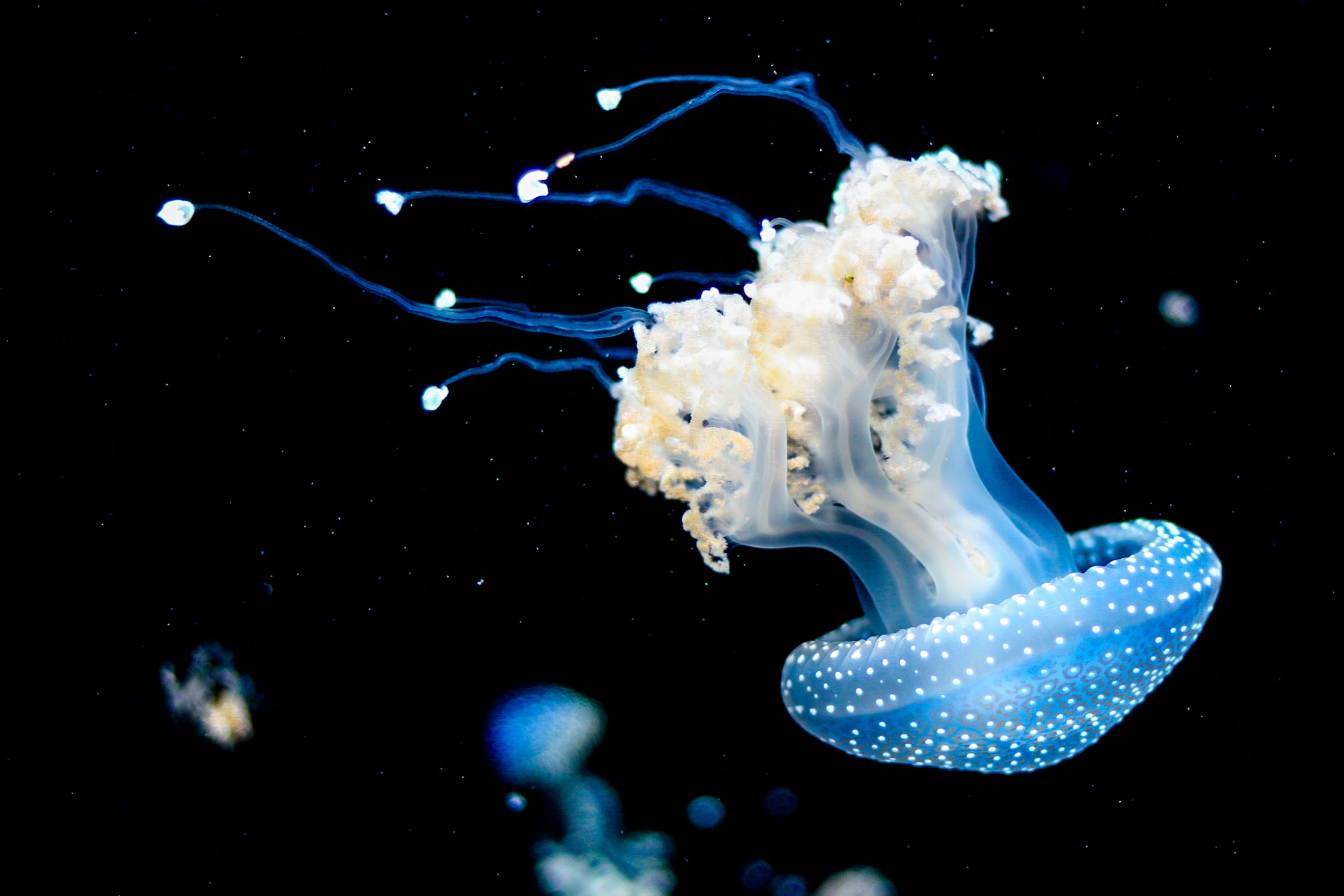Who Owns the Ocean’s Genes? Tension on the High Seas
By Olive Heffernan,
Scientific American
| 09. 12. 2022
Tavis Beck on Unsplash
After nearly two weeks of recent United Nations negotiations in New York City, countries from around the world failed to finalize an ambitious treaty that would create enormous marine protected areas and enforce stricter rules for industry on the high seas—the two thirds of the ocean beyond any country’s exclusive ocean territory. The deal faltered in the final hours, mainly over an issue that has long dogged international ocean talks: how to share profits from commercializing the high seas’ genetic resources.
Ocean organisms, both plants and animals, form the basis of numerous successful drugs, including remdesivir, the first treatment approved for COVID, and Halaven, a blockbuster anticancer drug derived from a Japanese sea sponge that has annual sales of more than $300 million. Genetic material from high seas organisms and the digital data from sequencing their genomes could be used to develop new products potentially worth billions of dollars. But who owns these resources, which theoretically belong to the entire world, and who gets to profit from their use? The details of where U.N. negotiators...
Related Articles
By Emily Glazer, Katherine Long, Amy Dockser Marcus, The Wall Street Journal | 11.08.2025
For months, a small company in San Francisco has been pursuing a secretive project: the birth of a genetically engineered baby.
Backed by OpenAI chief executive Sam Altman and his husband, along with Coinbase co-founder and CEO Brian Armstrong, the startup—called...
By Jessica Hamzelou, MIT Technology Review | 11.07.2025
This week, we heard that Tom Brady had his dog cloned. The former quarterback revealed that his Junie is actually a clone of Lua, a pit bull mix that died in 2023.
Brady’s announcement follows those of celebrities like Paris...
By Emily Mullin, Wired | 10.30.2025
In 2018, Chinese scientist He Jiankui shocked the world when he revealed that he had created the first gene-edited babies. Using Crispr, he tweaked the genes of three human embryos in an attempt to make them immune to HIV and...
Public domain portrait of James D. Watson by Cold Spring Harbor Laboratory
and the National Human Genome Research Institute on Wikimedia Commons
James Watson, a scientist famous for ground-breaking work on DNA and notorious for expressing his antediluvian opinions, died on November 6, at the age of 97. Watson’s scientific eminence was primarily based on the 1953 discovery of the helical structure of DNA, for which he, Francis Crick and Maurice Wilkins shared the 1962 Nobel Prize in Physiology or...




